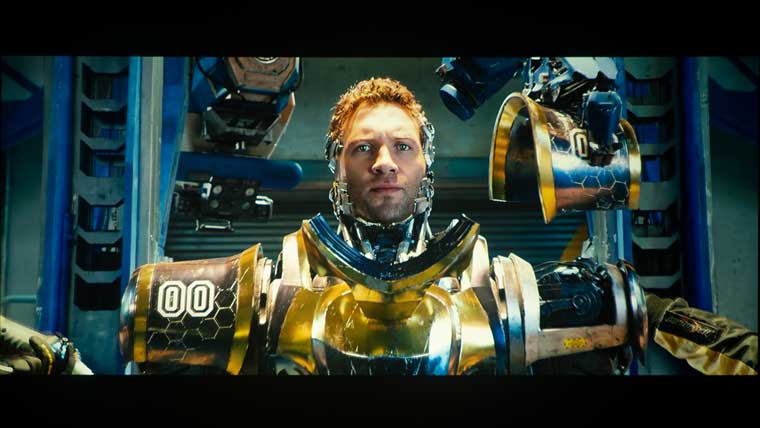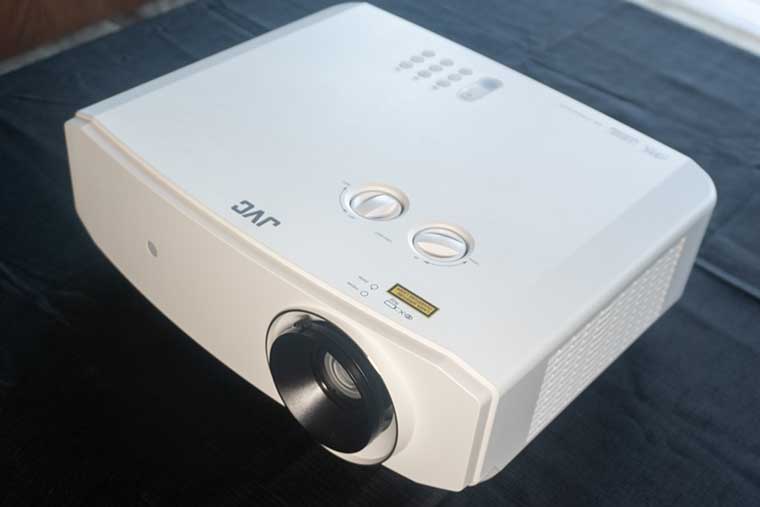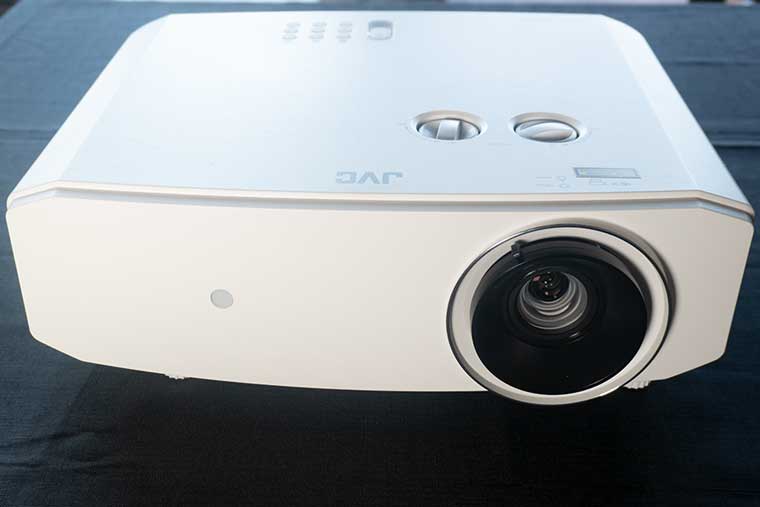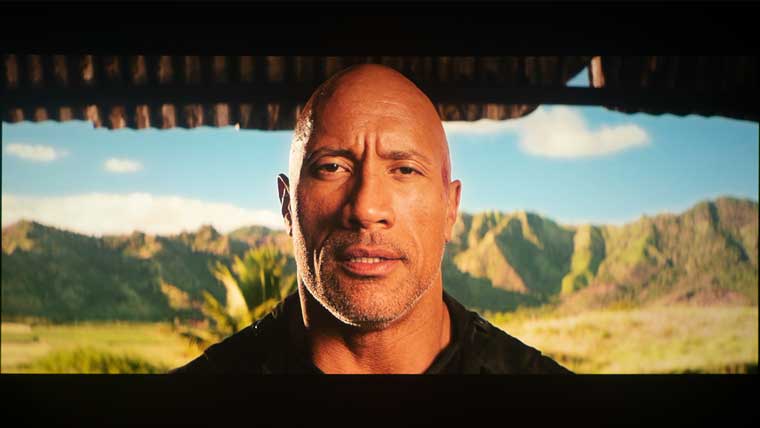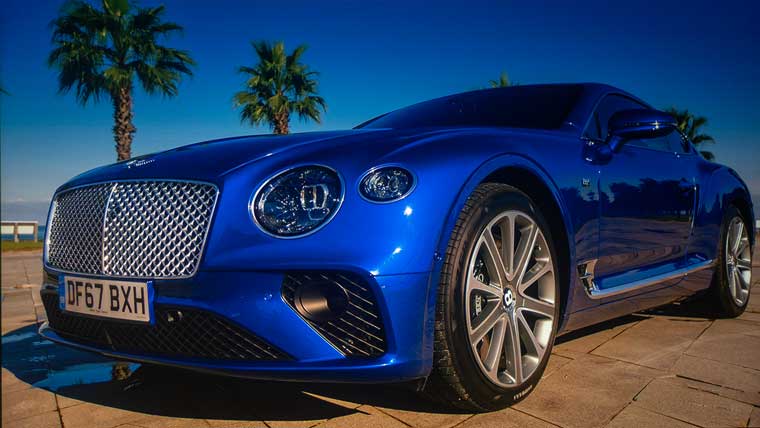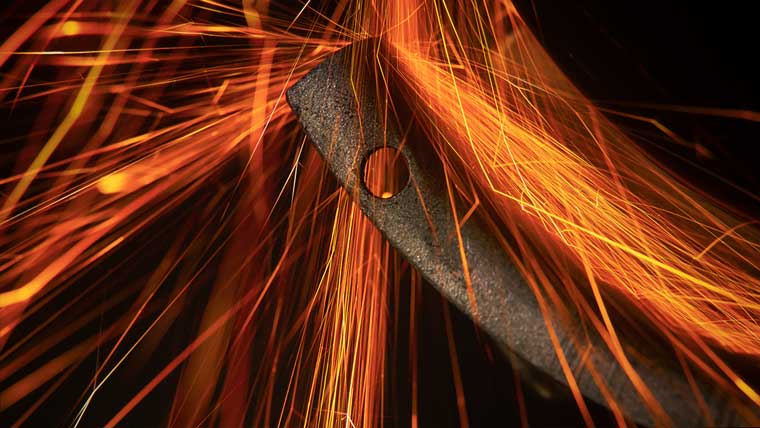By utilizing a DLP chip, JVC was able to introduce a 4K laser projector that retails for less than any of their lamp-based D-ILA models. To get a 4K DILA projector from JVC, you would have to spend an additional $2,300 to step up from the LX-NZ3 to the JVC DLA-NX5. The DLA-NX5 does offer much higher native contrast. This increase in contrast is noticeable in rooms/theaters with very low ambient light. The NX5 is also much quieter and includes higher quality motorized lens
However, the LX-NZ3 brightness (3,000 lumens) is significantly higher than the DLA-NX5 (1,800 lumens).
If you are looking for a projector to view mainly SDR content in a room with higher ambient light, the LX-NZ3 might be a better value.
I have yet to find a single chip consumer 4K DLP projector that could come anywhere close to the color fidelity, native contrast and black level of a good LCoS projector like the JVC DLA-NX5. It is not even a fair fight as the DLA-NX5 is in another league. If you have the budget to step up from a 4K DLP projector to a 4K LCoS projector (JVC D-ILA or Sony SXRD), you should absolutely do it.
The LX-NZ3 also has laser illumination which eliminate the need to replace projector bulbs. Since the LX-NZ3 is a single-chip DLP projector you will never have any convergence problems since there's nothing to converge. LX-NZ3 laser light engine combined with the DLP imager ensures over a decade of virtually maintenance free operation.
Epson makes some great 4K e-shift projectors like the LS10500 ($7,999). It offers benefits of a laser light engine including low maintenance and a long lamp life. However, it is double the price, twice the size, and lacks the resolution and brightness of the LX-NZ3.
A quick competitive search uncovered the Optoma UHZ65 which is one of the few home theater 4K DLP laser projectors in the LX-NZ3’s price point. Both the Optoma UHZ65 and JVC LX-NZ3 are 4K DLP laser units that can deliver a claimed 3000 lumens of brightness. The UHZ65 utilizes Texas Instruments larger 0.66” DLP Chip which due to its 2716 x 1518 micro array might deliver a sharper 4K image but the projector is larger and retails for nearly $900 more than the LX-NZ3.
Overall, I was pleased with the picture the LX-NZ3 delivered in my media room. If you are looking for a bright, compact 4K projector with the worry-free operation provide by laser illumination, the LX-NZ3 should be on your short list.





